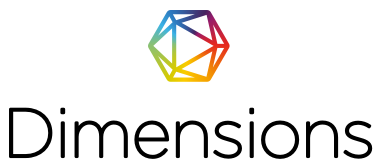Penciptaan Busana Ready To Wear Deluxe Terinspirasi dari Geometri pada Matematika
DOI:
https://doi.org/10.26740/baju.v4n2.p181-189Keywords:
ready to wear, geometry, mathematicsAbstract
Ready to wear deluxe clothing is ready to wear clothing using patterns that are not too complicated, but are more complex than ready to wear, and differ in that the manufacturing process takes a little longer and requires the help of other people to wear Anggraeni, A.A.I.B., dkk. (2021). Geometry is a branch of mathematics that is abstract but can still be realized in a semi-real or semi-concrete way. This science focuses on the combination of points, lines, angles, planes, flat shapes and spatial shapes Muhandis, M.A. (2020). Some of the geometries that will be applied to ready-to-wear clothing include: circle, trapezium, frustum of cone, and torus. The aim of creating this clothing is to find out the application of the concept of geometric shapes and apply striking colors that depict the Tech Paradox, which is a sub-theme of Trend Forecasting 2023/2024. The results of this clothing creation were inspired by geometric ideas which can be seen through aesthetic visualization, shape and color selection, which can be seen on the sleeves, and the trousers appear striking in the application of geometric shapes. The characteristics of each design will be made more modern and simple with a combination of the typical Solo clove jumputan fabric with a circular geometric pattern.
Downloads
Downloads
Published
How to Cite
Issue
Section
 Abstract views: 758
,
Abstract views: 758
, PDF Downloads: 541
PDF Downloads: 541





.png)


